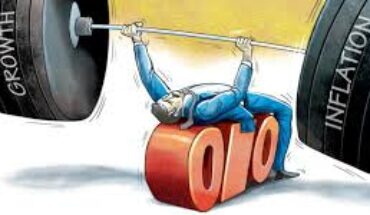For the first time since February 2021, India’s goods exports shrank this October, dropping 16.7% from last year (and 16% from September 2022) to slip below $30 billion after a 20-month-streak above that mark. Most sectors were hit hard: engineering goods, pharmaceuticals and chemicals and employment-intensive gems and jewellery, textiles and handlooms. Just six sectors recorded an uptick, with electronics goods being the only manufacturing segment. Imports grew 5.7% year-on-year, expanding the country’s trade deficit over 50% to $26.9 billion. This is the fourth straight month of a $25 billion-plus goods trade deficit that hit a record $30 billion in July. To be sure, imports have now been moderating sequentially for four straight months and dropped 7.3% from September to an eight-month low of $56.7 billion. But a marginal dip in petroleum imports, along with a 10.3% shrinking of non-oil, non-gold imports from September, can also be construed as a sign of slackening domestic demand. India’s trade deficit so far this year is now over $175 billion, from $94.2 billion a year ago. However, there is no need to be ‘overly depressed’ as India has a very low share of global trade which can only grow. A new Foreign Trade Policy to replace the current one from 2015, was recently deferred yet again till April 2023 for reasons that included waiting out the current global turmoil. If anything, the tumult in trade flows will be much worse by then. Policymakers must stop dithering and be more pro-active in recalibrating their stance — for instance, the steel export duty amid lower global prices has triggered higher imports, while exports, including those of engineering goods, have collapsed. The Finance Ministry recently identified external pressures as a key challenge — with a depreciating rupee making imports pricier and slowing global demand hurting exports. More actions are needed to match these concerns.
Shrinking exports with high deficits cause of concern
Published Date: 19-11-2022 | 8:00 am





